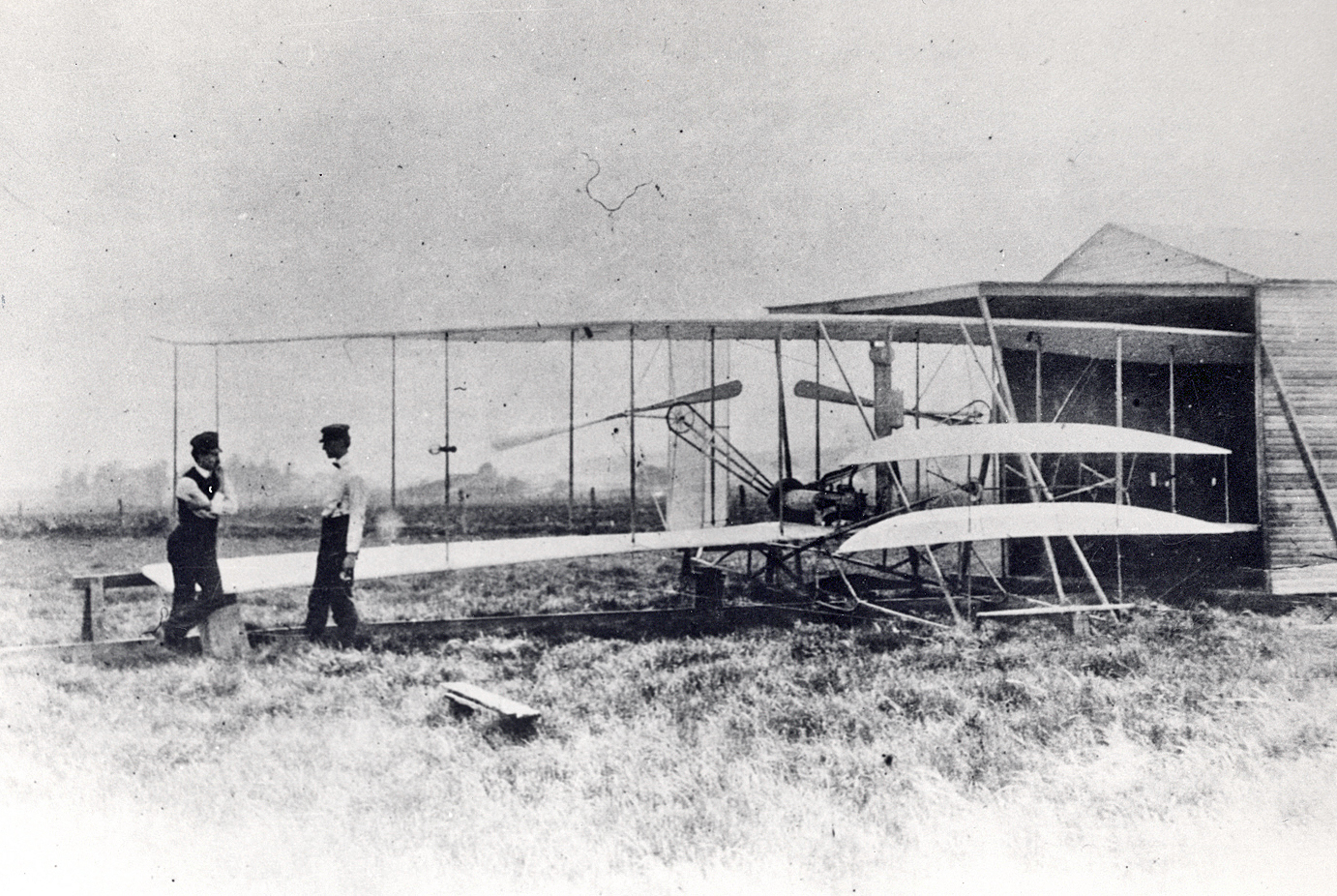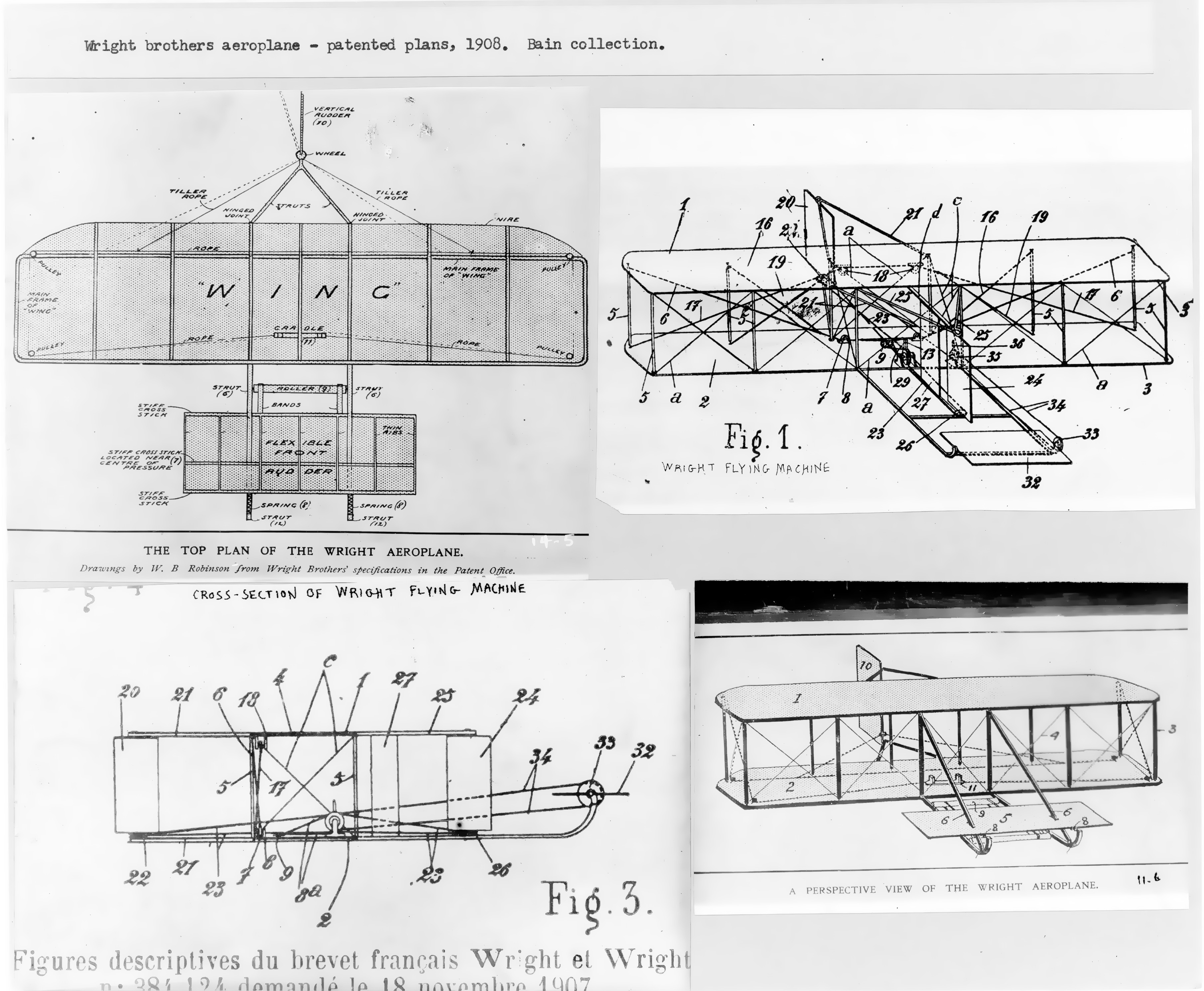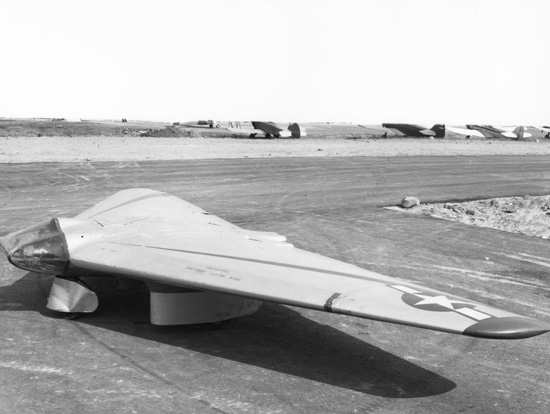|
Prone Pilot
A prone pilot lies on their stomach rather than seated in a normal upright or reclining position. During the 1930s, glider designer Reimar Horten began developing a prone position for his flying wing gliders. However it proved uncomfortable and he later settled on a semi-prone arrangement with the knees somewhat lowered. During World War II it was suggested that a pilot in the prone position might be more effective in some kinds of high-speed aircraft, because it would permit the pilot to withstand a greater ''g''-force in the upward and downward direction with respect to the plane. The fuselage could also be made shallower and therefore have reduced weight and drag. Many speculative designs of the late-war and early postwar periods featured this arrangement, and several prototypes were built or converted to test the idea. However testing revealed difficulties in maintaining a head-up attitude to see forward and in operating some controls. These problems outweighed the advantag ... [...More Info...] [...Related Items...] OR: [Wikipedia] [Google] [Baidu] |
Reimar Horten
Walter Horten (born 13 November 1913 in Bonn; died 9 December 1998 in Baden-Baden, Germany) and Reimar Horten (born 12 March 1915 in Bonn; died 14 March 1994 in Villa General Belgrano, Argentina), sometimes credited as the Horten Brothers, were German aircraft pilots. Walter was a fighter pilot on the Western Front, flying a Bf 109 for Jagdgeschwader 26 in the first six months of World War II; he eventually became the unit's technical officer. Reimar was also trained as a Me 109 pilot; however, later in August 1940, he was transferred to the glider pilot school in Braunschweig. He earned his PhD in mathematics from the University of Göttingen, having resumed his studies in 1946 with help from Ludwig Prandtl. The Hortens designed the world's first jet-powered flying wing, the Horten Ho 229. Biography Early lives Between the World Wars, the Treaty of Versailles limited the construction of German military airplanes. In response, German military flying became semi-clandestine, takin ... [...More Info...] [...Related Items...] OR: [Wikipedia] [Google] [Baidu] |
Gloster Meteor F8 "Prone Pilot"
A much modified Gloster Meteor F8 fighter, the "prone position/prone pilot" Meteor, was used by the Royal Air Force in 1954 and 1955 to evaluate the effects of acceleration/inertia-induced forces while flying in a prone position. Along with the Reid and Sigrist R.S.4 "Bobsleigh", the Gloster Meteor was engaged in a proof-of-concept experimental programme that proved in practice that the difficulties in rearward visibility and ejection outweighed the advantages of sustaining higher ''g'' effects. Design and development In the early 1950s the adoption of a prone position cockpit in future combat aircraft designs appeared attractive for two reasons. Firstly, such a configuration enabled the frontal area of the airframe to be reduced and therefore reduced drag. Secondly, aircrew can withstand greater inertial forces if not sitting upright, a vital consideration given the need for jet combat aircraft to manoeuvre at ever increasing speeds. While the Reid and Sigrist R.S.4 "Bobsleig ... [...More Info...] [...Related Items...] OR: [Wikipedia] [Google] [Baidu] |
Flight International
''Flight International'' is a monthly magazine focused on aerospace. Published in the United Kingdom and founded in 1909 as "A Journal devoted to the Interests, Practice, and Progress of Aerial Locomotion and Transport", it is the world's oldest continuously published aviation news magazine. ''Flight International'' is published by DVV Media Group. Competitors include Jane's Information Group and ''Aviation Week''. Former editors of, and contributors include H. F. King, Bill Gunston, John W. R. Taylor and David Learmount. History The founder and first editor of ''Flight'' was Stanley Spooner. He was also the creator and editor of ''The Automotor Journal'', originally titled ''The Automotor Journal and Horseless Vehicle''.Guide To British Industrial History: Biographies: ''Stan ... [...More Info...] [...Related Items...] OR: [Wikipedia] [Google] [Baidu] |
Wright Flyer III
The Wright Flyer III was the third powered aircraft by the Wright Brothers, built during the winter of 1904–05. Orville Wright made the first flight with it on June 23, 1905. The Flyer III had an airframe of spruce construction with a wing camber of 1-in-20 as used in 1903, rather than the less effective 1-in-25 used in 1904. The new machine was equipped with the engine and other hardware from the scrapped Flyer II and, after major modifications, achieved much greater performance than Flyers I and II. Design and development The 1905 flyer was made stronger, more durable, and with a longer tail to provide better directional stability and control. A larger cylinder bore engine provided more power, while a more effective leading edge, and efficient propellers, improved performance. The propeller blades were made wider and thinner, while according to Harry Combs, "...adding a backward sweep to the blades, calculated precisely to avoid the pressures of flight and to keep ... [...More Info...] [...Related Items...] OR: [Wikipedia] [Google] [Baidu] |
Wright Flyer II
The Wright Flyer II was the second powered aircraft built by Wilbur and Orville Wright. During 1904 they used it to make a total of 105 flights, ultimately achieving flights lasting five minutes and also making full circles, which was accomplished by Wilbur for the first time on September 20. Design and development The design of the Flyer II was very similar to the original 1903 ''Wright Flyer'', but with a slightly more powerful engine and construction using white pine instead of the spruce they used in the 1903 machine and the gliders of 1900–1902. An important change was reducing the wing camber to 1-in-25 from the 1-in-20 used in 1903. The brothers thought that reducing the camber would reduce drag, though less lift was actually achieved. With these alterations Flyer II was heavier by some than the 1903 machine. Operational history The Wrights tested the new aircraft at Huffman Prairie, a cow pasture outside of Dayton, Ohio, which is now part of Dayton Aviation Heri ... [...More Info...] [...Related Items...] OR: [Wikipedia] [Google] [Baidu] |
Wright Flyer
The ''Wright Flyer'' (also known as the ''Kitty Hawk'', ''Flyer'' I or the 1903 ''Flyer'') made the first sustained flight by a manned heavier-than-air powered and controlled aircraft—an airplane—on December 17, 1903. Invented and flown by Orville and Wilbur Wright, it marked the beginning of the pioneer era of aviation. The Wright brothers flew the ''Wright Flyer'' four times that day on land now part of the town of Kill Devil Hills, about south of Kitty Hawk, North Carolina. The aircraft was preserved and is now exhibited in the National Air and Space Museum in Washington, D.C. Design and construction The ''Flyer'' was based on the Wrights' experience testing gliders at Kitty Hawk between 1900 and 1902. Their last glider, the 1902 Glider, led directly to the design of the ''Wright Flyer''. The Wrights built the aircraft in 1903 using spruce for straight members of the airframe (such as wing spars) and ash wood for curved components (wing ribs). The wings were desi ... [...More Info...] [...Related Items...] OR: [Wikipedia] [Google] [Baidu] |
Savoia-Marchetti SM
SIAI-Marchetti was an Italian aircraft manufacturer primarily active during the interwar period. History The original company was founded during 1915 as SIAI (''Società Idrovolanti Alta Italia'' - Seaplane Company of Upper Italy). As suggested by its name, the firm initially specialised in the manufacture of seaplanes, the vast majority of which were intended for the Italian armed forces. Perhaps its most prominent early aircraft was the SIAI S.16, a seaplane that had been configured to perform both aerial reconnaissance and bomber roles, but also proved itself quite capable of long-distance flights. During 1925, Italian aviator Francesco de Pinedo of the ''Regia Aeronautica'' (Italian Royal Air Force) used an SIAI S.16''ter'' he named ''Genariello'' for a record-setting flight from Rome to Australia and Tokyo to demonstrate his idea that seaplanes were superior to landplanes for long-distance flights. Having departed Rome on 21 April, Pinedo and his mechanic, Ernesto Campanel ... [...More Info...] [...Related Items...] OR: [Wikipedia] [Google] [Baidu] |
Reid And Sigrist R
Reid is a surname of Scottish origin. It means "red". People with the surname * Alan Reid (other) * Alex Reid (other) Alex Reid or Alexander Reid may refer to: *Alexander Reid (doctor) (1586–1643), Charles I's physician * Sir Alexander Reid, 2nd Baronet (died 1750), Scottish politician, Member of Parliament for Elgin Burghs, 1710–13 * Alexander Walker Reid (18 ..., includes Alexander Reid * Amanda Reid, Australian Paralympic athlete * Amanda Reid (taxonomist), Australian biologist * Amy Sanderson (suffragette), Amy Sanderson née Reid (1876–1931), Scottish suffragette * Andy Reid (other), includes Andrew Reid * Angella Reid, White House Chief Usher * Anthony Reid (academic) (born 1939), historian of Southeast Asia * Antonio Reid, record executive * Arizona Reid (born 1986), Israeli National League basketball player * Beverly W. Reid (1917–1942), United States Navy officer, pilot, and Navy Cross recipient * Bevis Reid (1919–1997), British ath ... [...More Info...] [...Related Items...] OR: [Wikipedia] [Google] [Baidu] |
Northrop XP-79
The Northrop XP-79, USAAF project number MX-365, was an ambitious design for a flying wing fighter aircraft, designed by Northrop. It had several notable design features; among these, the pilot would operate the aircraft from a lying position, permitting the pilot to withstand much greater ''g''-forces in the upward and downward direction with respect to the plane – and welded magnesium monocoque structure instead of riveted aluminum. Design and development In 1942, John K. (Jack) Northrop conceived the XP-79 as a high-speed rocket-powered flying-wing fighter aircraft. In January 1943, a contract for two prototypes (s/n 43-52437 & 43-52438) with designation XP-79 was issued by the United States Army Air Forces (USAAF). Originally, it was planned to use a thrust XCALR-2000A-1 "rotojet" rocket motor from Aerojet that used mono-ethylaniline fuel and red fuming nitric acid (RFNA) oxidiser. However, the rocket motor configuration using canted rockets to drive the turbo ... [...More Info...] [...Related Items...] OR: [Wikipedia] [Google] [Baidu] |
Lamson PL-1 Quark
The Lamson PL-1 Quark was an American high-wing, single-seat, glider that was designed and constructed by Philip Lamson, first flying in early 1965.Rogers, Bennett: ''1974 Sailplane Directory, Soaring Magazine'', page 45. Soaring Society of America, August 1974. USPS 499-920 Design and development Lamson designed and built the Quark in 1964 as a lighthearted experimental aircraft project to create a prone position-pilot glider. To this end the pilot was accommodated lying down with his head in the nose bubble. The PL-1 is constructed from fiberglass, with the wings made from a balsa-fiberglass sandwich that was laid up in a female mold. The wing was originally of span, but this was quickly increased to with tip extensions and finally the aircraft received a new three-piece wing. The airfoil was an Irv Culver modification to the NACA 0012. The landing gear was a monowheel, with small wing tip skids. Soaring Magazine described the aircraft as "purely a lark and a quirky lark ... [...More Info...] [...Related Items...] OR: [Wikipedia] [Google] [Baidu] |
Ikarus S-451
The Ikarus 451 is a family of research aircraft designs built in Yugoslavia in the 1950s, all sharing the same basic airframe, but differing in powerplants and cockpit arrangements. One member of the family Ikarus 451M became the first domestically-built jet aircraft to fly in Yugoslavia, on 25 October 1952. Design and development To research prone pilot cockpit arrangements and controls, the Government Aircraft Factories developed the Ikarus 232 Pionir, a small twin-engined low-wing monoplane, powered by 2x Walter Mikron III piston engines. An enlarged version of the Pionir was developed as the Type 451, powered by 2x Walter Minor 6-III piston engines. The first aircraft built under this designation was a propeller-driven aircraft that also accommodated the pilot in prone position. It was an otherwise conventional low-wing monoplane with retractable tailwheel undercarriage, the main units of which retracted backwards into the engine nacelles mounted below the wings. This fle ... [...More Info...] [...Related Items...] OR: [Wikipedia] [Google] [Baidu] |
Horten H
is a town and municipality in Vestfold in Vestfold og Telemark county, Norway—located along the Oslofjord. The administrative centre of the municipality is the town of Horten. The municipality also includes the town of Åsgårdstrand and the villages of Borre, Skoppum, and Nykirke. The town of Horten was separated from the municipality of Borre to become a municipality of its own in 1858. The neighboring municipalities of Borre and Horten were merged back together on 1 January 1988. The name of the new united municipality was first ''Borre'', but after a referendum it was changed to ''Horten'' on 1 June 2002. The local newspaper in Horten is named Gjengangeren, and covers mostly local news. It is also available online (see external links section). Borre National Park contains the largest known burial site in Scandinavia. It also has the largest collection of king's graves in Scandinavia. General information The nearest train station in Horten is Skoppum. Skoppum is ... [...More Info...] [...Related Items...] OR: [Wikipedia] [Google] [Baidu] |

.jpg)





